2 weeks volunteering with Wildlife Act
After volunteering with Wildlife Act in iMfolozi, Tembe and Mkhuze, I started my last reserve – Zululand Rhino Reserve (ZRR). These were weeks 11 and 12 of a 12 week trip, part of Wildlife Act’s “Endangered Species Conservation” project, and the last leg of my journey.
My volunteer group was just 4 this time; a strict dutch woman, Babs; a german with broken english, Sylvia; and a friendly pole living in London, Paweł. Our monitor was Dani (Danielle), a relief monitor who also works at Tembe. We had a couple of days with ZRR’s resident monitor Megan too, between her 10 days off. Monitors work 30 days on, 10 days off, and while they’re away a relief monitor covers them.
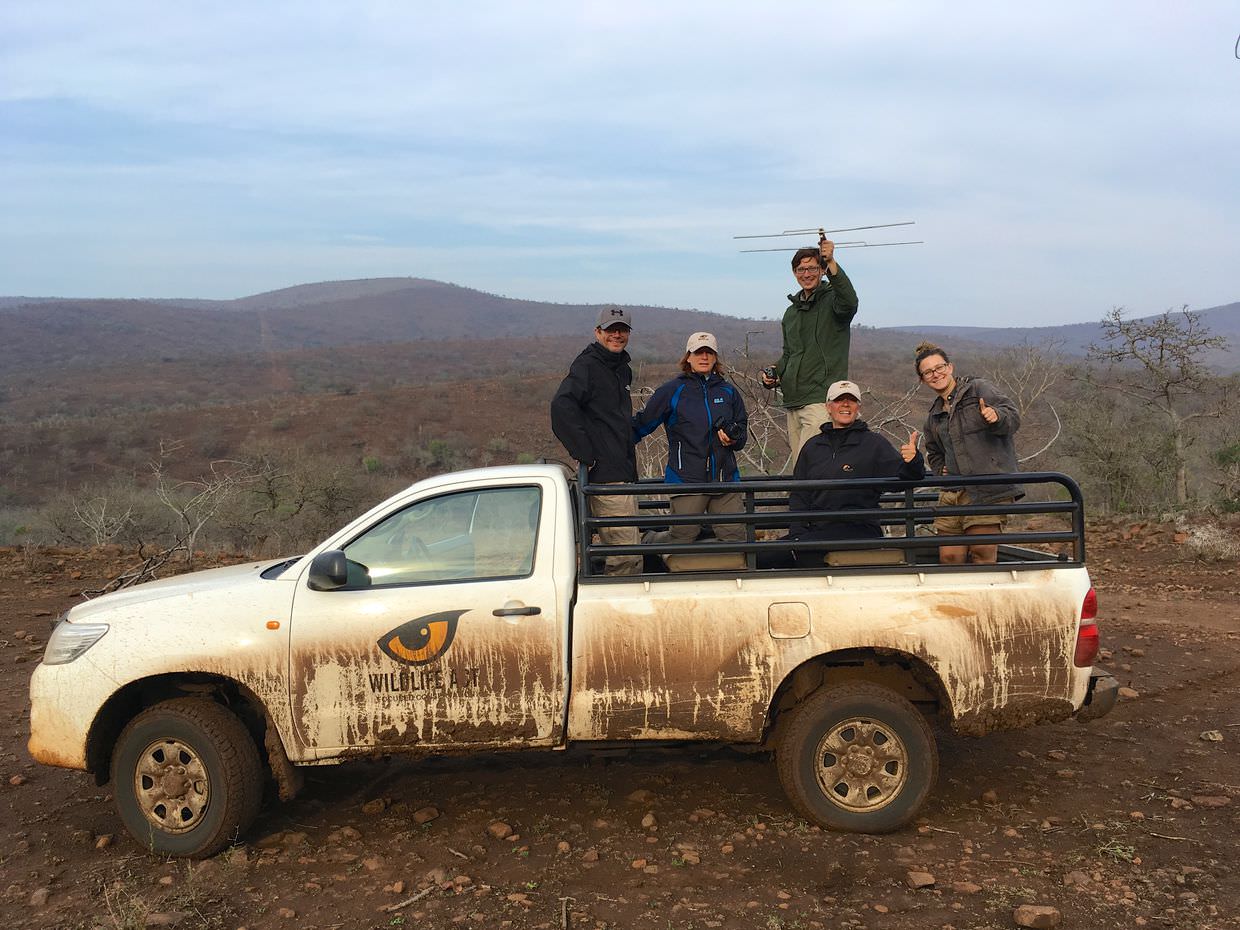
Left to right: Paweł, Sylvia, Me (holding antenna), Babs and monitor Dani.
I arrived at ZRR on Monday, after an epic morning in Mkhuze and the usual transfer day dance. It’s immediately very different to Mkhuze; the conservation here is less intense. Unlike Mkhuze where I’d be straight out on session before unpacking, here there would be no Monday evening session, and no Tuesday morning one either. There’d also be a lot more time at camp between sessions, which are shorter. It’s a relatively laid back reserve, with reason.
On Monday and Tuesday, the ZRR camp is used as an overnight stopover point for people travelling to Tembe, and occasionally elsewhere. Philippine (a friend from iMfolozi), and Melanie (a girl I’d met in St Lucia) were both overnighting before doing the long drive up to the Mozambique border, as I had done. Because they were here, we don’t go out. ZRR camp is also the largest; a single stone building, you can walk from the shower to the bedroom to the kitchen without having to go outdoors – what luxury. There’s a fenced garden, a new washing machine, enough space for your own bedroom (it was nice to have some privacy after 10 weeks), a large communal area and drinking water that tastes fine.
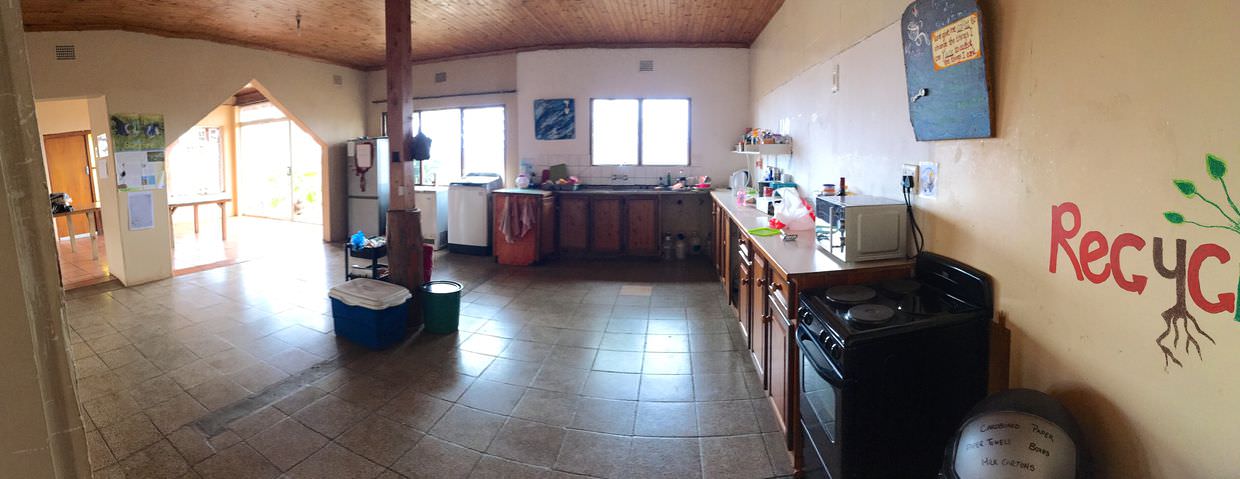
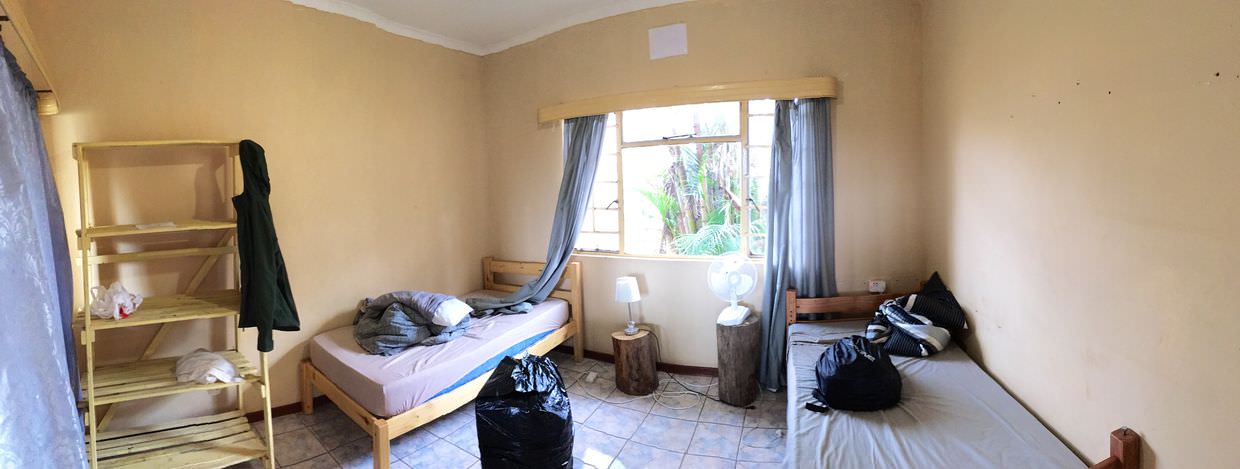

From a monitoring perspective, ZRR is a private reserve – tourists can’t self drive and everyone is taken around on a safari vehicle. This means there’s always lots of guides covering the many roads; there’s lots of eyes on the wildlife all the time. Only the wild dogs (just the one pack) and a couple of elephants are collared; these are the only animals we can find with the telemetry. For lion, cheetah and leopard monitoring we rely on the sightings of guides, and these get noted in the datasheets following radio transmissions.
Not going out on Monday did give us a chance to do something important; there was a horrible smell in the kitchen – the pungent odour of death – a dead rat. I cleared out the cupboards, searched high and low, and eventually found the poor critter beneath the sink. Using a long hooked tool, usually used for catching and removing snakes, I pulled it out and disposed of it. The kitchen would continue to smell for a few days, but this is the bush, and these things happen.
Day 1 - Starting with a bait and call-up
At 7am the Tembe group left, I said farewell to Philippine again after she cooked me some tasty eggs; I was excited for her and her visit to Tembe. To fill the time before our morning presentation I tried to exercise, running around the camp for half an hour; after 6 weeks on a truck, with very little walking, finding time to keep in shape is essential.
An introduction to ZRR
For the last time I watched the wildlife act introduction video, followed by presentations about ZRR; ZRR’s rhino dehorning programme – all the rhinos are dehorned, to protect them from poachers; it’s quite a drastic and stressful intervention – to deface these animals, but it keeps them safe. The reserve is comprised of 17 different landowners, and was originally many small reserves and farmland; in 2006 internal fences were dropped to create a single reserve, dedicated to the conservation of black and white rhino.
All the reserves in KwaZulu-Natal are suffering from drought; ZRR especially, it’s the worst drought for over 60 years. The ground is bare, the trees empty. The herbivores have nothing to eat, they’re struggling to scrape together enough food to survive – many are scrawny, thin, their bones showing; impala’s ribs and pelvis show, elephants have curved indentations in their skulls – indicating poor condition, buffalo cows have dried udders – their calves starve. Ordinarily these creatures would walk away, they’d leave for a place with food – just an hour’s drive from here St Lucia is green and verdant. But in our modern world the animals are fenced in, they can’t leave. ZRR is doing its best to help by providing feeding sites around the reserve; sugar cane and hay – a feast for the rhino, wildebeest, warthog, nyala, waterbuck and so on. It needs rain, lots of it. Photos on the wall in the kitchen show a ZRR with long green grass and trees thick with leaves; only rain can bring this back.
Wild dog call-up attempt
At 3:30pm we got under way – beneath the hot afternoon sun; the dogs hadn’t been spotted in a couple of days – we needed to find them and do a call-up. The vets would be visiting in a month or so to work on the dogs, before then we would need to get the pack accustomed to our vehicle getting close while they feed on a bait. In Tembe I’d done a few dog call-ups, I knew the drill. Our bait was a male nyala, tastier than an impala.
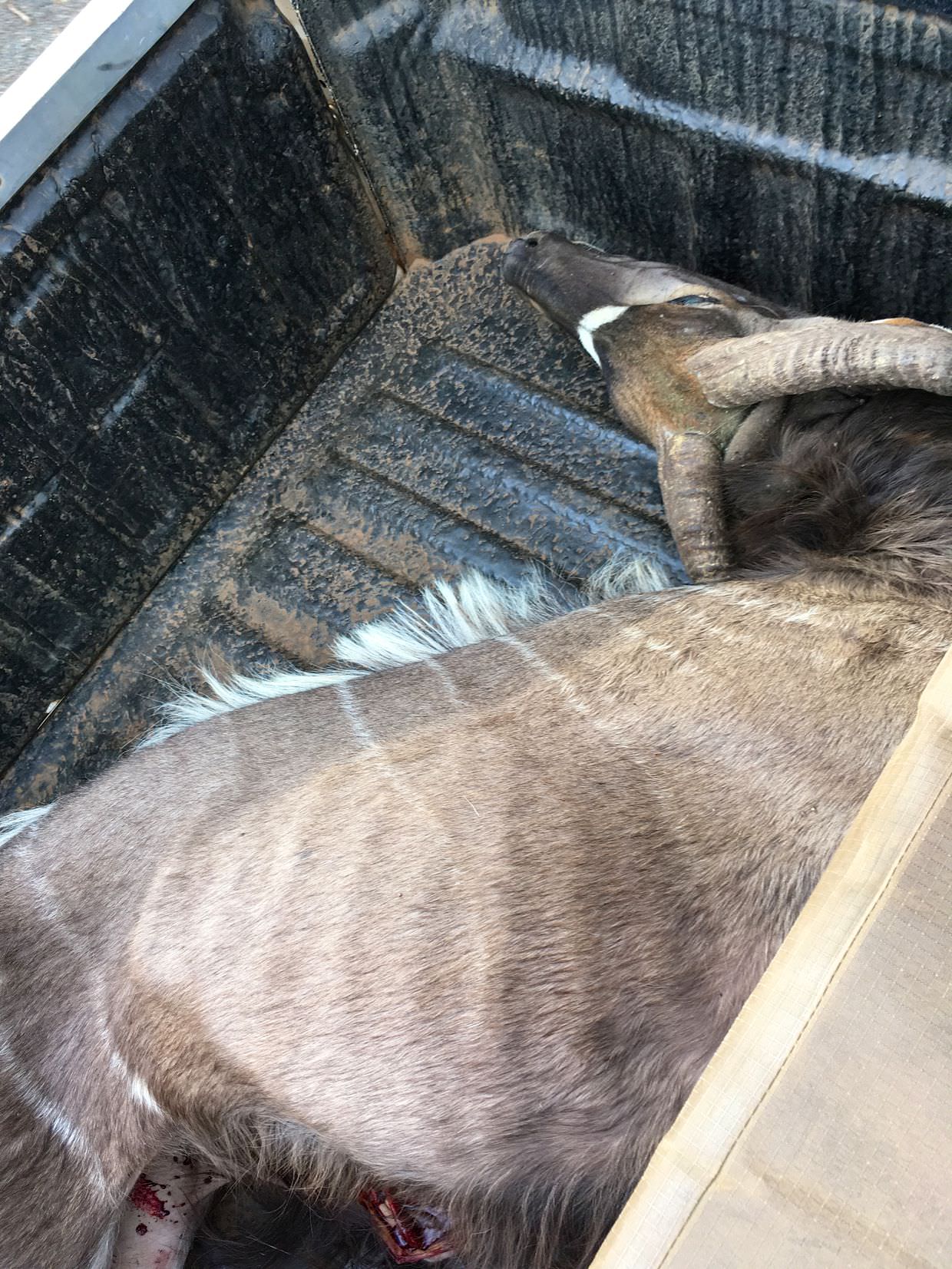
With the nyala in the back, gutted, its head poking out, a stream of blood running down the truck floor; we headed out in search of the dogs. At an artificial waterhole besides our camp we found 23 elephants – this herd is never seen this far North, it was an exciting spotting, suggestive of new behaviour. There were giraffe too, but no dogs. We continued our search, driving to the top of each peak, trying one by one to get a signal. Standing on the back, swinging the telemetry 360 degrees, hoping for a beep. Nothing. The dogs hadn’t been seen for two days, they could be anywhere. We didn’t find them, and the bait went to waste.
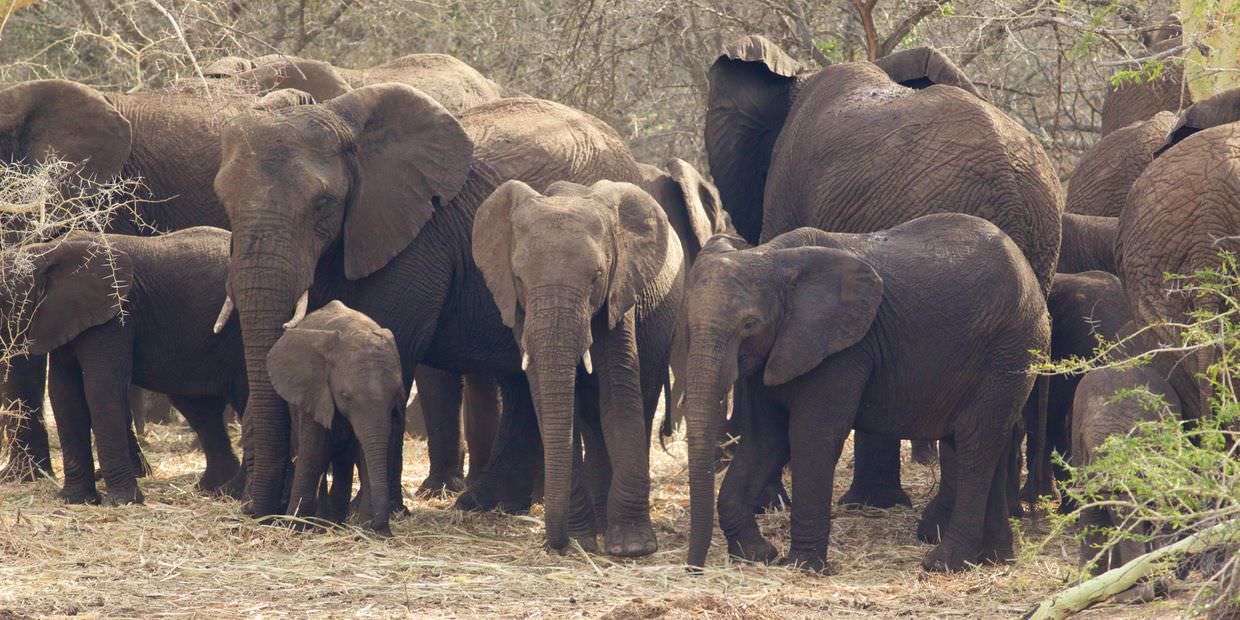
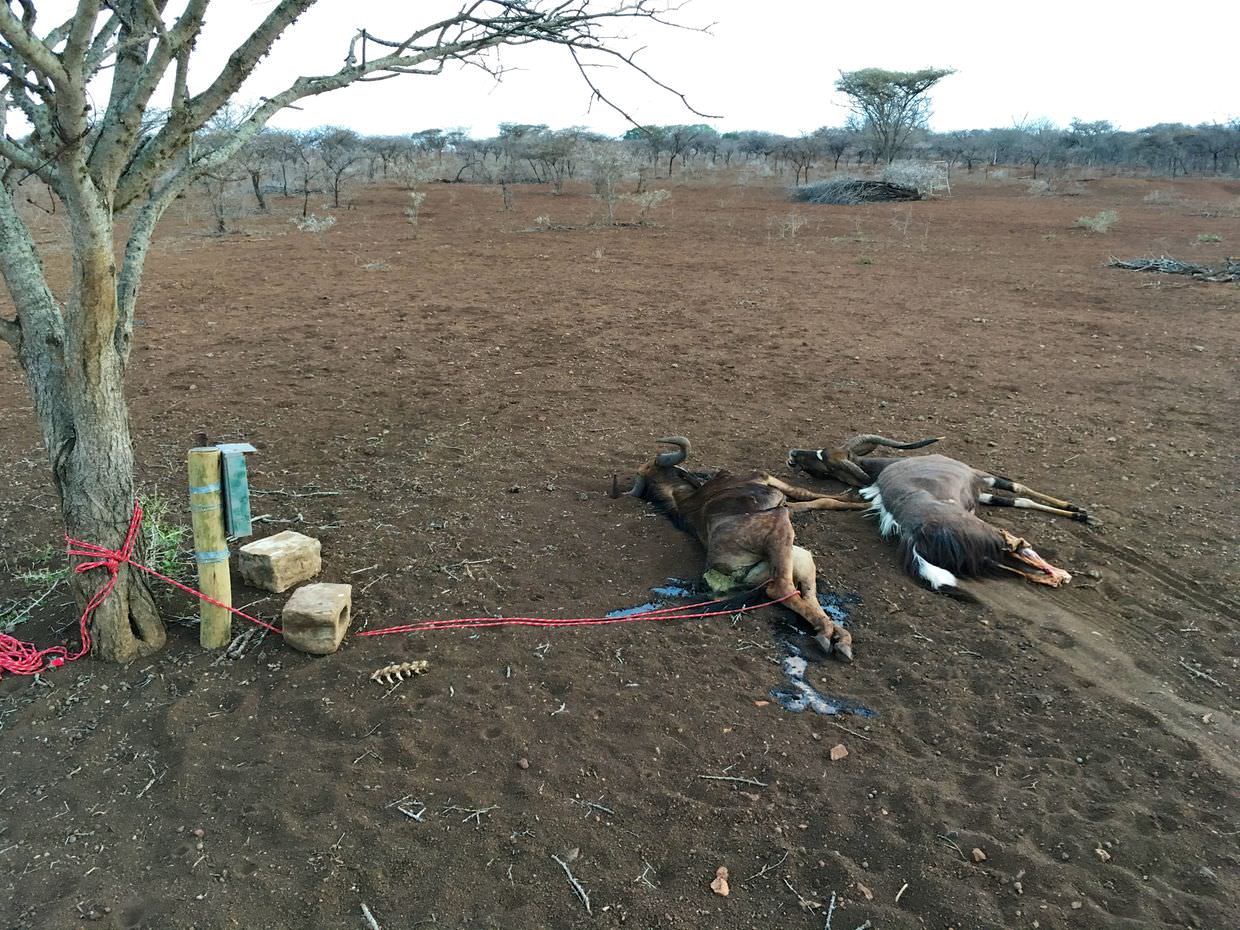
It was weird to be in a group with newbies again; Dani taught them how to use the telemetry – I watched them make all the mistakes I had; confusing gain and volume, confusing long range and short range. It’s also particularly difficult here, the topography makes it tough and the equipment isn’t quite so good. In Tembe or Mkhuze I’d use the bars to get a clock-heading, even when very close to the animal; this receiver and antenna instead gives a very strong signal all the way around, it’s not directional when the collar is nearby. The only way to get a direction is to press your ear right up against the receiver and to turn down the gain as low as you can, to strain your hearing until there’s the faintest of beeps in just one direction. It’s difficult, doubly so when driving.
Back at camp, a surprise for us. A window that we hadn’t used, and was probably used during a braai before we arrived, hadn’t been closed properly. It was pushed shut but it wasn’t locked. When we came back we found a monkey had been here; it’d come in through the window, eaten all our bananas and taken a shit on the floor. We were lucky it was just one monkey.